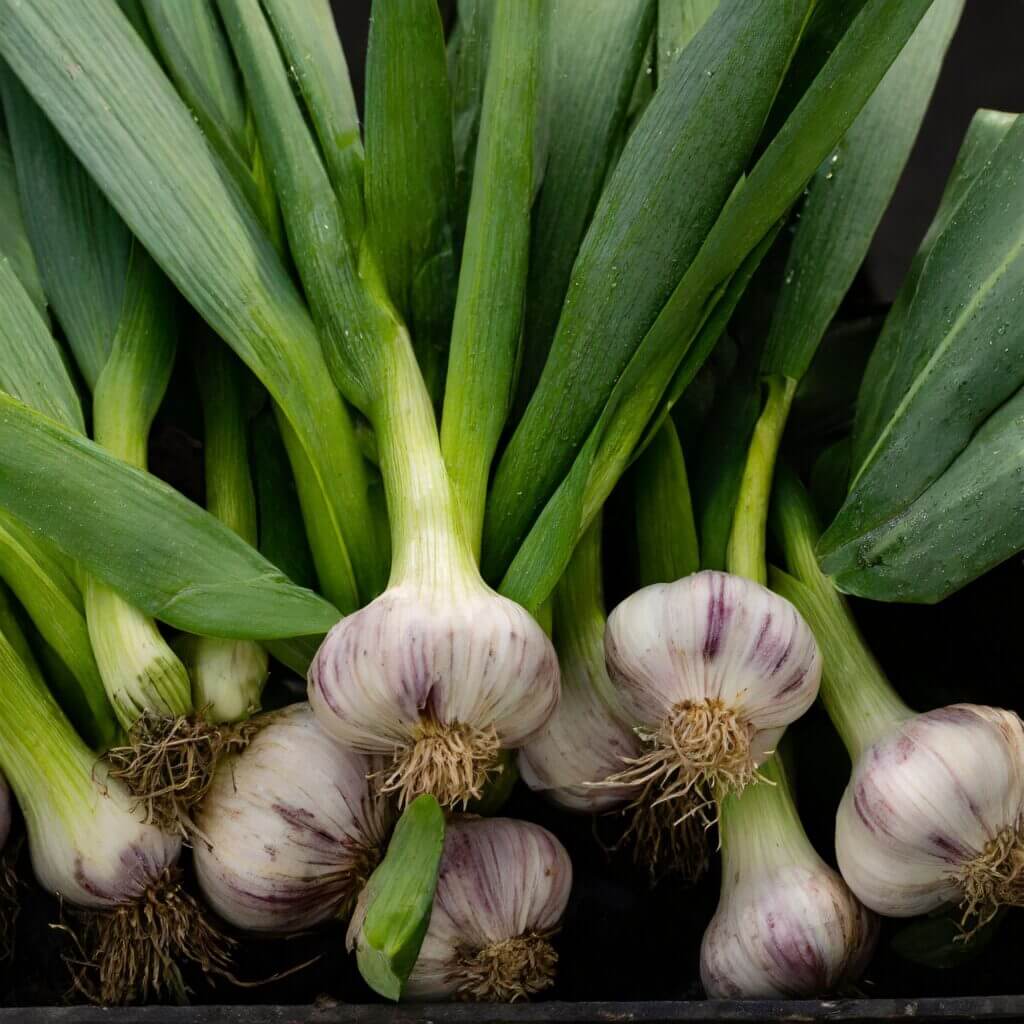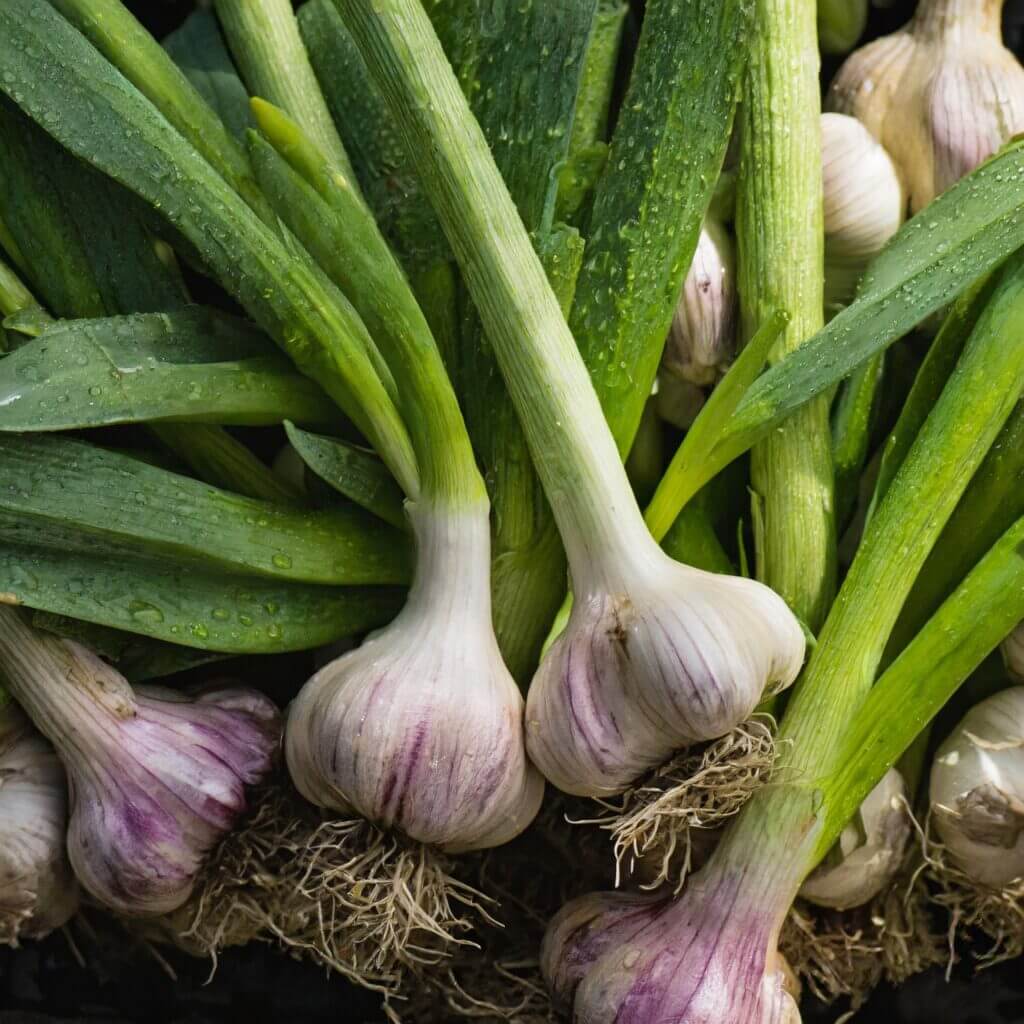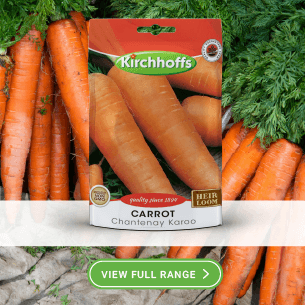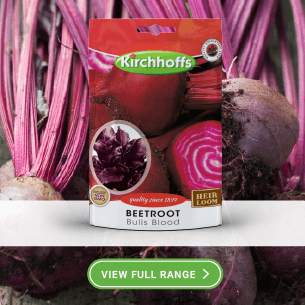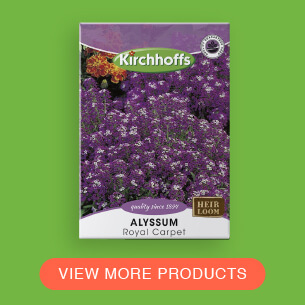How to Grow Garlic in South Africa
Garlic, a culinary staple, has woven itself into the fabric of cuisines worldwide, offering both robust flavors and a myriad of health benefits. Its roots run deep in history, dating back to 15BC, where it was revered for its medicinal properties. Garlic is not just a kitchen essential, growing your own garlic is a bridge to sustainable living and eco-conscious gardening. Embracing the cultivation of this potent bulb aligns with the broader mission of fostering a healthier, stress-free lifestyle, championed by gardening advocates across the nation.
The allure of homegrown garlic transcends its culinary uses, opening a gateway to a greener, more self-sufficient way of life. The journey from clove to harvest is not just about yielding a crop but about nurturing well-being, community, and a deeper connection with nature. This guide aims to demystify the process, ensuring that gardeners of all levels can enjoy the fruits of their labor, both on their plates and in their lives.
The Health Benefits of Garlic
Garlic’s health benefits are as renowned as its culinary applications. Known for its natural antibiotic and antiseptic properties, garlic is a powerhouse of wellness, supporting cardiovascular health and immune function. The simple act of incorporating homegrown garlic into your diet is a step towards holistic well-being, embracing the healing power of plants.
The journey of growing garlic, from clove to kitchen, is a celebration of life’s simple pleasures. It’s a commitment to health, sustainability, and the joy of harvesting the fruits of your labor. In every bulb lies the potential for culinary exploration, healing, and a deeper connection to the earth, making garlic a cherished addition to any garden.
Why Grow Your Own Garlic?
Garlic’s pungent aroma and bold flavor are matched only by its versatility and health-enhancing properties. Opting to grow your own garlic in South Africa means more than just having a fresh supply at your fingertips; it’s a stand for organic living and a step away from the chemically treated, often imported, alternatives found in stores. This endeavor not only reduces your carbon footprint but also ensures that your dishes are infused with the purest, most flavorful garlic, grown with love and care in your own backyard.
Moreover, the act of growing garlic resonates with the PlantInfo ethos of enriching lives through gardening. It’s a celebration of self-reliance and a commitment to sustainable practices that nourish the body, soothe the mind, and heal the earth. Every clove planted is a seed of change, contributing to a global movement towards a more sustainable, health-oriented, and stress-free existence.
Choosing the Right Garlic Variety
Selecting the right garlic variety is paramount to gardening success in South Africa’s diverse climate. Softneck varieties, known for their long shelf life and milder flavor, thrive in milder climates, while hardneck types, celebrated for their bold taste and larger cloves, prefer cooler conditions.
Many garlic varieties are available for online purchase here:
These garlic cloves, specifically meant for cultivation, are free from the growth retardants and chemicals often applied to supermarket garlic. This choice not only guarantees a healthier crop but also supports local green industries, aligning with the broader vision of fostering a community grounded in sustainable and ethical gardening practices.
Preparing Your Garden for Garlic
The foundation of a thriving garlic crop lies in the preparation of the garden bed. Garlic demands well-drained, fertile soil to flourish, steering clear of waterlogged conditions that can lead to bulb rot. Incorporating generous amounts of compost into the soil enhances its structure and fertility, creating an ideal environment for garlic roots to penetrate deeply and access nutrients.
For those grappling with clay-heavy soils, raised beds or deep planters offer a viable solution, circumventing drainage issues and providing the controlled conditions garlic thrives in. This approach not only optimizes growth but also embodies the principles of adaptive gardening, making efficient use of space and resources in urban or constrained environments.
How to Plant Garlic
Timing is critical when planting garlic in South Africa, with the optimal window stretching from mid-March to the end of April. This period aligns with the cooler temperatures garlic prefers for root establishment before the onset of warmer weather. Plant cloves pointy-end up, nestled 6cm deep in the soil, to encourage straight, robust growth. Spacing them 10cm apart allows ample room for bulb expansion, ensuring each plant can reach its full potential.
The ritual of planting, a tactile connection to the earth, is a poignant reminder of the cycles of nature and our role within them. It’s a moment of reflection, an opportunity to appreciate the simplicity and richness of gardening life, fostering a sense of peace and anticipation for the green shoots that will soon break through the soil’s surface.
Caring for Your Garlic Plants
Garlic’s journey from clove to bulb is a testament to patience and attentive care. Regular watering maintains the moisture balance essential for steady growth, while avoiding over-saturation prevents the dreaded bulb rot. A balanced approach to fertilization, incorporating organic options like vermicast or a gentle 2:3:2 mix, supports healthy development without overwhelming the plants with excessive nutrients.
As the garlic matures, a watchful eye on watering and the strategic application of dolomitic lime can ward off potential issues, ensuring the bulbs have everything they need to thrive. This period of growth is not just about tending to plants but also about nurturing oneself, finding joy and tranquility in the rhythms of gardening life.
Harvesting and Storing Garlic
The anticipation of harvest begins as garlic leaves yellow and tilt, signaling readiness. The ritual of gently excavating the bulbs, rather than pulling, respects the plant’s integrity and ensures a successful harvest. This moment, a culmination of months of care and patience, is a celebration of the gardener’s dedication and the earth’s generosity.
Storing garlic properly, in a cool, dry place, extends the enjoyment of your harvest, allowing the flavors of your labor to infuse meals long after the growing season has ended. This cycle of planting, nurturing, and harvesting is a powerful reminder of our connection to the earth and the simple, profound joy of growing our own food.
Garlic as a Companion Plant
Garlic’s role in the garden extends beyond its culinary uses; it’s a natural ally in pest management, offering protection to a variety of plants. Its potent aroma deters unwanted visitors, making it an invaluable companion in the organic gardener’s arsenal. Integrating garlic into vegetable beds or around fruit trees creates a symbiotic environment, where plants thrive together, each contributing to the health and vitality of the garden ecosystem.
This practice of companion planting embodies the principles of ecological gardening, fostering diversity and balance in the garden. It’s a reflection of the interconnectedness of all living things and the potential for harmony when we align our gardening practices with the wisdom of nature.
Garlic Companion plants
Companion plants not only enhance garlic’s growth by deterring pests but also contribute to a more biodiverse and sustainable garden ecosystem. Here’s a list of companion plants that work well with garlic:
- Beetroot: Garlic can help improve the growth and flavor of beetroot by deterring common pests.
- Swiss Chard: The strong scent of garlic can help repel pests that typically target Swiss chard, promoting healthier growth.
- Lettuce: Planting garlic near lettuce can protect the tender leaves from common insects and small mammals.
- Spinach: Similar to lettuce, garlic acts as a natural repellent for pests that might target spinach.
- Roses: Garlic can help reduce aphid populations around roses, keeping the flowers healthier and more vibrant.
- Tomatoes: Garlic can help deter spider mites and other pests from tomato plants, and some gardeners believe it can improve flavor.
- Citrus Trees: Planting garlic around the base of citrus trees can help deter pests and improve soil health.
It’s also advised to plant garlic in circles around citrus trees to create a protective barrier. This method not only helps in pest management but also contributes to the overall health of the plants, aligning with the principle of creating a happier, healthier, and stress-free environment through gardening. Garlic’s repelling properties make it a valuable companion for many plants, promoting a more harmonious and productive garden space.
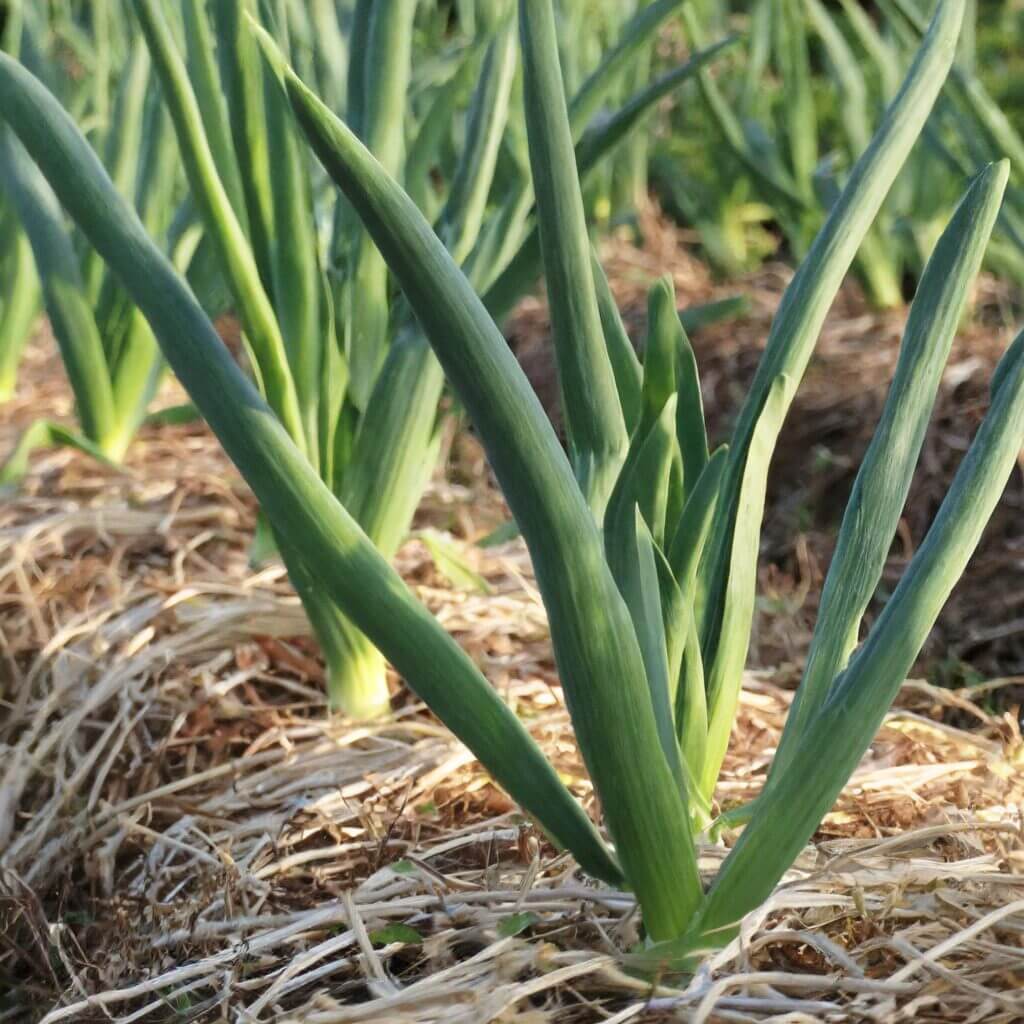
Common Issues and Problems When Growing Garlic
Garlic Variety Selection: Choosing the right garlic variety for specific climates and soil types can be confusing. Gardeners need to understand the differences between softneck, hardneck, and elephant garlic varieties to select the best type for their garden’s conditions.
Soil Preparation: Garlic requires well-draining soil rich in organic matter. Gardeners may struggle with heavy clay or sandy soils, which are not ideal for garlic cultivation. Amending the soil with compost, aged manure, or organic matter can improve soil structure and fertility.
When to Plant Garlic – Planting Time Confusion: The optimal planting time for garlic can vary by region, and missing the planting window can result in a poor harvest. In general, garlic is planted in the fall in most climates, allowing for cold treatment necessary for bulb development.
Why Are My Cloves Rotting: Overwatering or poor drainage can lead to garlic cloves rotting in the ground before they have a chance to grow. Ensuring well-drained soil and moderating water application, especially during wet seasons, can prevent this issue.
Garlic Pests and Diseases: Garlic is susceptible to pests like onion maggots and diseases such as white rot and rust. Implementing crop rotation, practicing good garden hygiene, and avoiding wetting the foliage can help manage these problems.
Bulb Size Disappointment – why is my garlic small?: Sometimes, gardeners may be disappointed by the size of their harvested garlic bulbs. Factors affecting bulb size include the variety planted, nutrient availability, and whether the garlic was planted at the proper depth and time. Ensuring fertile soil, adequate spacing, and timely planting can enhance bulb size.
Harvest Timing – when to pick and harvest garlic: Determining the right time to harvest garlic can be tricky. Harvesting too early can result in smaller bulbs, while harvesting too late can cause the cloves to separate, reducing storage life. Monitoring the garlic plants for signs of maturity, such as the browning and dying back of the lower leaves, can indicate the right time to harvest.
How to Grow Garlic Q & A
Popular questions on how to grow garlic:
How do you grow garlic in South Africa?
Growing garlic in South Africa involves selecting the right variety suited to the local climate, preparing well-draining soil rich in organic matter, and planting garlic cloves in the fall for a harvest in late spring or early summer. Garlic thrives in full sun and requires consistent moisture, especially during the initial growth phase. Implementing crop rotation and proper spacing can prevent disease and ensure healthy growth.
Can I plant a piece of garlic?
Yes, you can plant a piece of garlic, specifically a single clove, to grow a new garlic bulb. Each clove planted will develop into a full bulb over the growing season. Ensure the clove is planted with the pointy end up and the flat base down, at a depth of about 5-8 cm in fertile, well-drained soil.
Can you plant garlic that has sprouted?
Yes, garlic that has sprouted can still be planted. Sprouted cloves often produce perfectly healthy garlic plants, though they might be slightly less vigorous than unsprouted cloves. Plant the sprouted cloves as you would normal garlic, ensuring the green shoots are facing upwards.
Why does garlic take so long to grow?
Garlic takes a long time to grow because it requires a cold period to initiate clove development, followed by a longer growing season to mature. The entire process from planting to harvest can take about 8 to 9 months, as garlic slowly develops its roots, shoots, and eventually the bulb.
What month do you plant garlic in South Africa?
In South Africa, garlic is typically planted in the cooler months of March or April. This timing allows the garlic to establish roots before the onset of winter, which is crucial for bulb development.
What is the best month to plant garlic?
The best month to plant garlic varies by climate, but in temperate regions, it is often planted in the fall, around October or November. This allows the garlic to experience the cold it needs to clove properly while ensuring a mature crop by the following summer.
How long does it take to grow garlic in South Africa?
In South Africa, garlic usually takes about 6 to 8 months to grow from planting to harvest. Planting in March or April typically leads to harvesting in November or December, depending on the variety and local climate conditions.
Where does garlic grow best in South Africa?
Garlic grows best in regions of South Africa with mild winters and warm summers. It prefers well-drained soils and a location that receives at least 6 hours of sunlight daily. Areas with moderate climates, such as the Western Cape and parts of the Eastern Cape, are ideal for garlic cultivation.
How much is garlic per kg in South Africa?
The price of garlic per kg in South Africa can vary widely depending on the season, demand, and supply factors. Prices can range from R30 to R100 per kg or more, with organic and specialty varieties often commanding higher prices.
How long is garlic season?
Garlic season, the period during which garlic is actively growing, can last from 6 to 8 months. After planting in the fall, garlic grows throughout the winter and spring, with harvest typically occurring in late spring or early summer.
How much water does garlic need in South Africa?
Garlic needs consistent moisture to thrive, especially during the early stages of growth. It requires about 2.5 cm of water per week. However, overwatering or poor drainage can lead to bulb rot, so it’s essential to ensure the soil is well-draining and to reduce watering as the bulbs mature.
In Conclusion
Embarking on the journey to grow your own garlic in South Africa is more than a gardening endeavor; it’s a step towards a more sustainable, health-conscious, and fulfilling lifestyle. It’s an invitation to join a community of green superheroes, committed to making a difference in their lives and the world around them. With each clove planted, we sow the seeds of change, cultivating a future where gardens are a source of nourishment, healing, and hope for generations to come.
Growing garlic is an act of faith in the future, a testament to the resilience and abundance of nature. It’s a call to arms for all who dream of a greener, more vibrant world, where the simple act of gardening can be a revolutionary act of love and resistance. So, let us embrace the humble garlic clove, for in it lies the potential to transform our gardens, our health, and our planet, one bulb at a time.
Additional Resources
Want to know more about growing garlic in South Africa?
Here are some reliable resources:
How to grow garlic by Lifestyle
Tips for Growing Garlic by Garden and Home
